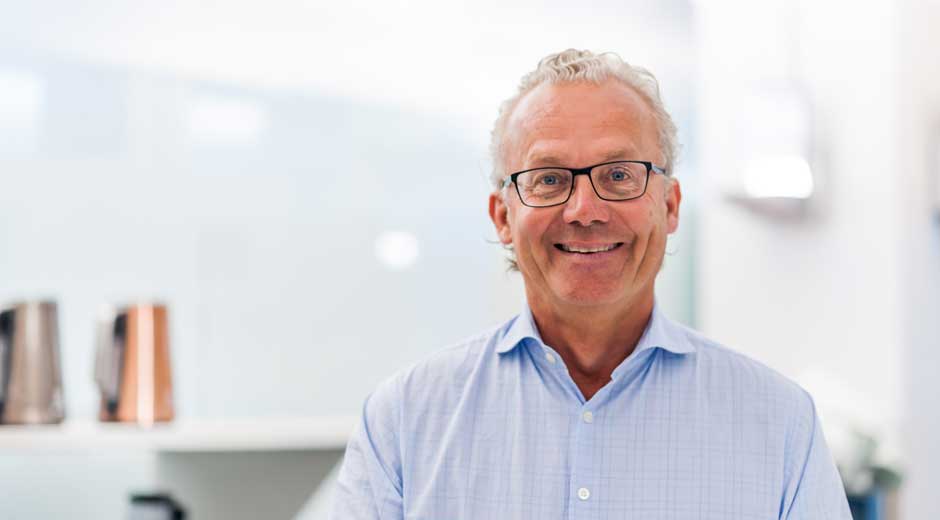Lars Erikson, Head of Global Design at Electrolux, on how the digital transformation will impact the role of design in developing new appliances.
Electrolux and the appliance industry is in the middle of a huge digital transformation, powered by Internet of Things (IoT) and consumers’ need for connectivity. This means rapid development of connected appliances that interact with consumers, enhance their experiences with the products, and bring us closer to their everyday needs.
Getting closer to consumers means designing smart connected products that not only have the right visual appeal, quality, and usability, but are smart enough to adapt to the consumer’s way of living.
Our products should be a best-in-class digital experience for the consumer. Everyone is moving into a digital way of living – even kids are learning to swipe before learning to write. For our products to fit this new reality, they must not only visually look digital, with a cleaner, more refined interface technology, they must also use instantly recognizable digital interaction and language.
But this is just one part of the whole picture. The digital content and intuitiveness of the product is key. Consumers don’t want to read lengthy instruction books, so part of digital design at Electrolux is making connected products more intuitive with a minimal learning curve.
We are actively designing and launching digitally-enhanced and smartly connected products like the Frigidaire Gallery® Cool Connect™ air conditioner (AC). This product demonstrates a leap from analog design to a more meaningful and connected consumer experience.
Beyond its improved usability and clean modern aesthetics, it is a connected device that smartly regulates room temperature. Connectivity is meaningful because everyone understands the relationship between regulating room temperature and conserving energy – turning on the AC to cool down the room when you need it and digitally turning it off when not in use.
User interfaces of digitally enhanced products will rapidly become more advanced while making sure the user experience becomes even more seamless. The connected products we launch shouldn’t just be connected, but smartly connected. They should anticipate our behavior.
This means that the next breed of connected appliances should learn a consumer’s behavior, and sense when the consumer is repeating the same patterns. This should trigger the product’s artificial intelligence to immediately guide consumers to their last set of actions and eliminate intermediate program steps. A refrigerator that recognizes your pattern of opening the door could automatically cool down food or regulate its temperature when it’s not being actively used.
The car industry has come far when it comes to developing smart sensors and algorithms that can calculate different patterns and detect various types of interactions inside and around a vehicle. In the appliance industry, we are also working on connected devices that integrate artificial intelligence (AI) in their operations. More and more products will automatically recognize behavior patterns to enhance the consumer experience.
For Electrolux, this means features such as smart auto-dosing in washing machines and dishwashers that will make everyday chores easier, intelligent ovens with smart navigation and self-adjusting systems for optimal food taste. It could also include digitally-enhanced devices that aid the flow of information between the consumer and the supplier to build the next generation of connected solutions.
For us designers, this requires a new way of thinking when it comes to digital design and connectivity. We’re going from creating visually pleasing appliances to designing great experiences. It will be a very exciting journey!


